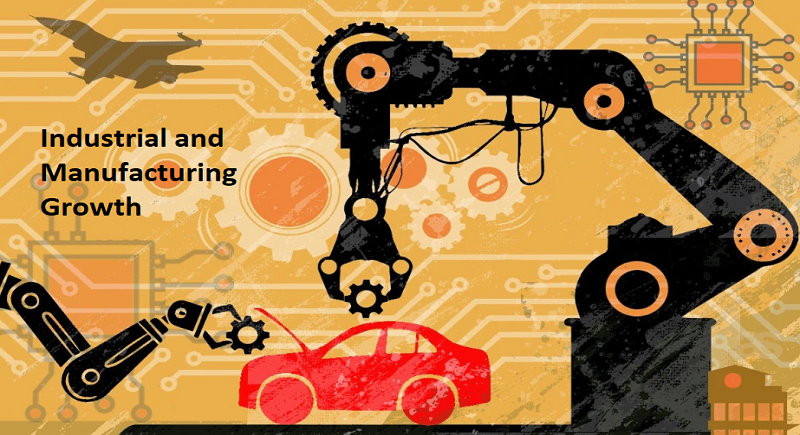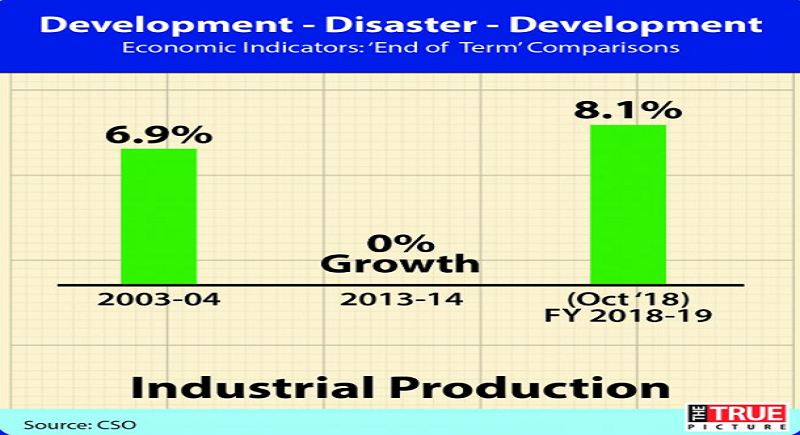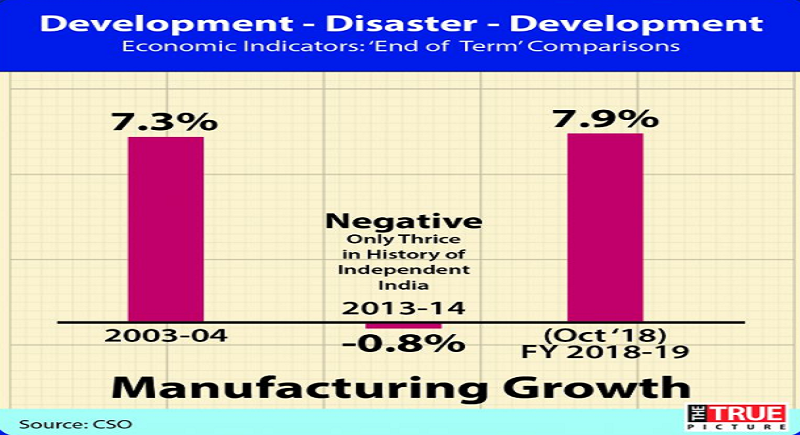Modi’s directive guise industrial production and growth as economy’s base indicators
Total Views |

Pune, January 3: The industrialization strategy implemented in the late 1960s, emphasized rapid growth and diversification through industrialization, considered essential for achieving and maintaining full employment at a rising level of productivity in the nation. India's planners at that time believed that in order to industrialize, it was necessary to develop an indigenous heavy industry base, for which the public sector would take prime responsibility.
The industrial sector therefore exhibits the most inconsistency in terms of nominal output during the peak business cycle. Increasing industrial production in an economy reflects the business-friendly policies of the government and confidence of investors in the government of the day. During UPA government, especially UPA II, country’s industrial production growth almost came to a halt. The current government has revived India’s industrial production growth as shown in the graph below. There has been notable growth in the industrial production during NDA governments.

Manufacturing growth on the other hand, widely forms the capacity of an economy to produce goods and services in the comparative time frame. Measured in nominal terms, it counts a significant indicator for adjusting inflation. Besides, there are few ways which can generate economic growth constituting. The UPA Government in it’s reign failed to generate the required economic growth for the nation. The measures undertaken could have been discovery of new or better economic resources, growing the labour force, creating superior technology and increased specialization.

The industrial production data is usually used in conjunction with various industry capacity estimates and to calculate capacity utilization ratios for each line of business. It forms a timely indicator for the economic growth and industrial development. The release can frequently move the markets as industrial production is considered to be an indicator for future inflation.
However, it only deals with physical goods producing industries, which make up less than half of economic output which eventually excludes services, as well as construction production. The series of manufacturing growth under UPA government is much worse than overall industrial production as manufacturing growth not only reached zero but entered into negative zone in 2013-14 citing the RBI data. On the contrary, NDA governments have registered high manufacturing growth rates during their respective tenures.
With the change in government in 2014, India is resurging on its path to development with the more positive outlook. Most of the economic indicators in current times are reflecting the healthy status of the economy as seen above. This growth momentum needs to be sustained even in the future citing the overall economic and industrial development.